UG heritage to be admired and studied digitally
With the so-called Spotlight project, the University of Groningen (UG) has digitized more than 100,000 objects from its heritage collection. These objects, including historical photographs, books, maps and objects from the University Museum's depot, can now be viewed and studied online.
It took two years and six subprojects to realize project Spotlight. Professor of archaeology Daan Raemaekers was closely involved as chairman of the steering committee.
What has been realized with project Spotlight?
With Spotlight, the UG is opening the door of its treasury of academic heritage. By digitizing and providing sustainable access to heritage collections, they become more readily available for research, education, and the general public.
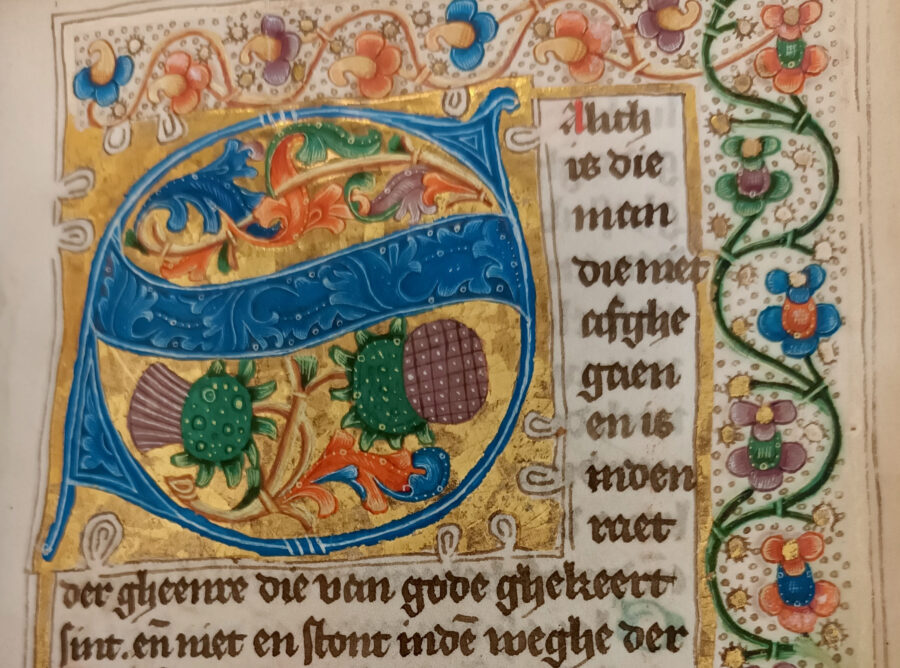
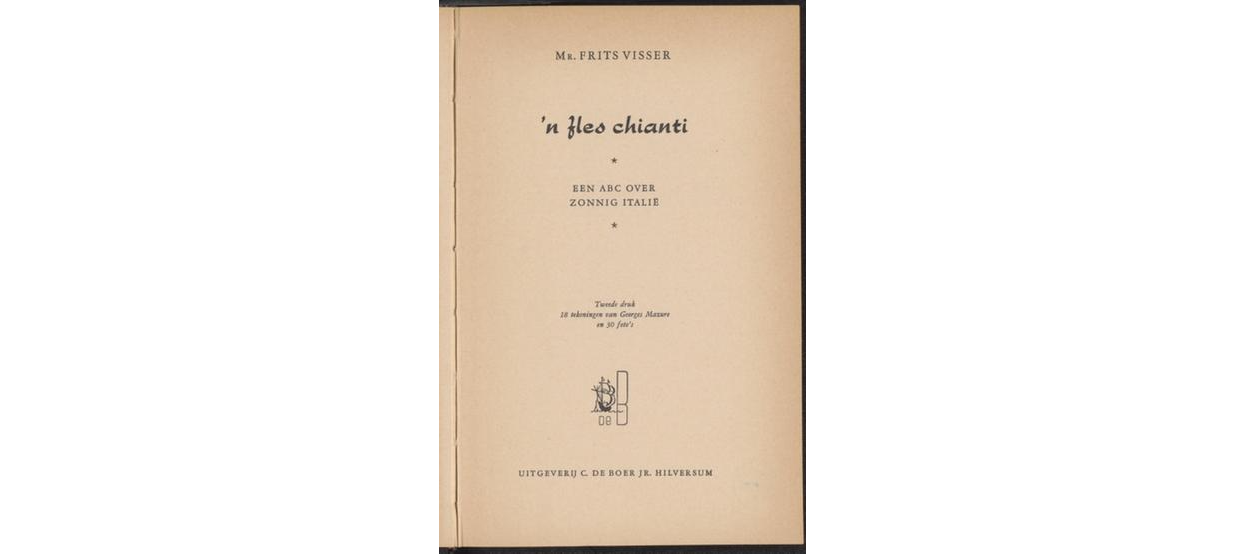
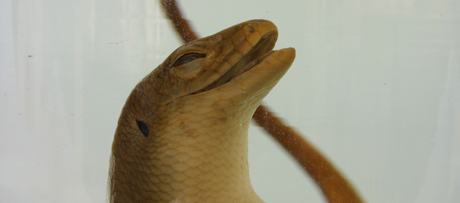
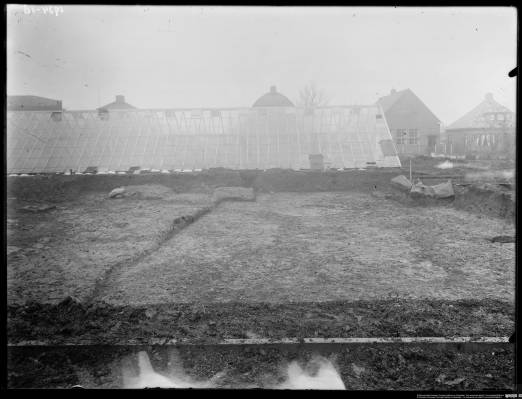
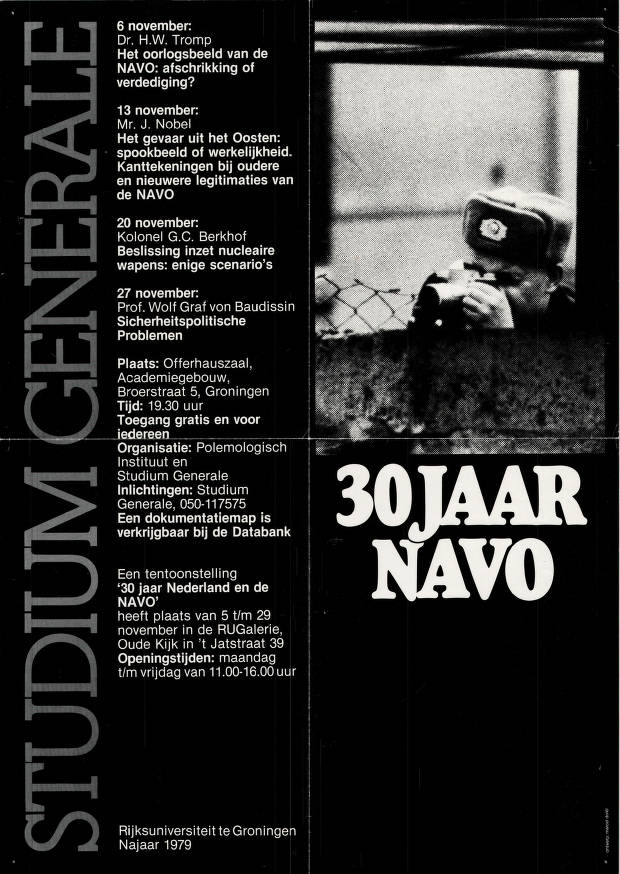
What is the importance of this project for research and education, as well as for the general public?
The project is a harbinger of the future, where research, education and impact come together more often than now. We have known about making research results open access for some time, but these collections also make new (student) research possible. For example, digitizing websites of political parties is necessary to study how positions on, for example, the internationalization of higher education have developed. The digital opening up of the University Museum's collection makes it possible to show more of our objects to the public. It also allows other museums to better see what we have, which in turn leads to loans. For example, the cave bear is now on display at the entrance to the Hunebed Center. It is also about democratizing knowledge: opening the doors of our institution in a digital sense and offering people the chance to explore for themselves, for example, the oldest books in our library or to read books in Gronings [dialect spoken in the province of Groningen] online.
The project was led by the University of Groningen Library. The content of the six subprojects may be very different, but there were similarities where knowledge could be shared. Digitizing the university's oldest books, books in Gronings or about trips to Rome is not very different. The same goes for realizing an image bank for objects of the University Museum or excavation photographs. Thanks to Spotlight, our university has gained a lot of knowledge about the process of digitization and accessibility.
Which subproject were you personally involved in and what did you do within this subproject?The current Groninger Institute of Archaeology (GIA) is the successor to the Biological-Archaeological Institute founded by A.E. van Giffen in 1920. He conducted excavations at dozens of sites in the Netherlands until his retirement in 1954 - and even after that. In the process, capturing excavation situations and the immediate surroundings with photographs was standard practice. These photographs have been collected in monumental photo books. For years, the GIA has wanted to transfer the photo books to the University Museum because it would allow them to be better preserved, but in order to do so, the contents first had to be digitized. Some 10,000 photographs from 1920-1965 have been digitized and placed in an image bank. It is a gold mine for researchers who now have unlimited access to this source of information for the first time, for students who can make use of unpublished data for their thesis research, as well as for other parties. The photographs show a landscape that has since disappeared; filled in with new housing developments and transportation centers. For museums and historical societies, it is a wonderful illustration of local history.
Is the UG now finished digitizing its academic heritage?Certainly not! Digitization of academic heritage offers great opportunities for education, research and cooperation with social partners. Digital collections will have a significant impact on our research and teaching because they enable new questions. A “Spotlight 2” makes a lot of sense, because our institution has even more collections that are of interest to a larger audience. The ambition now is to first ensure that the UG decides which collections should be considered our academic heritage. Then plans can be made about the need to digitize collections, or to make existing digital collections more accessible.
View| Last modified: | 10 January 2024 10.43 a.m. |
More news
-
13 May 2024
Trapping molecules
In his laboratory, physicist Steven Hoekstra is building an experimental set-up made of two parts: one that produces barium fluoride molecules, and a second part that traps the molecules and brings them to an almost complete standstill so they can...
-
29 April 2024
Tactile sensors
Every two weeks, UG Makers puts the spotlight on a researcher who has created something tangible, ranging from homemade measuring equipment for academic research to small or larger products that can change our daily lives. That is how UG...
-
16 April 2024
UG signs Barcelona Declaration on Open Research Information
In a significant stride toward advancing responsible research assessment and open science, the University of Groningen has officially signed the Barcelona Declaration on Open Research Information.
